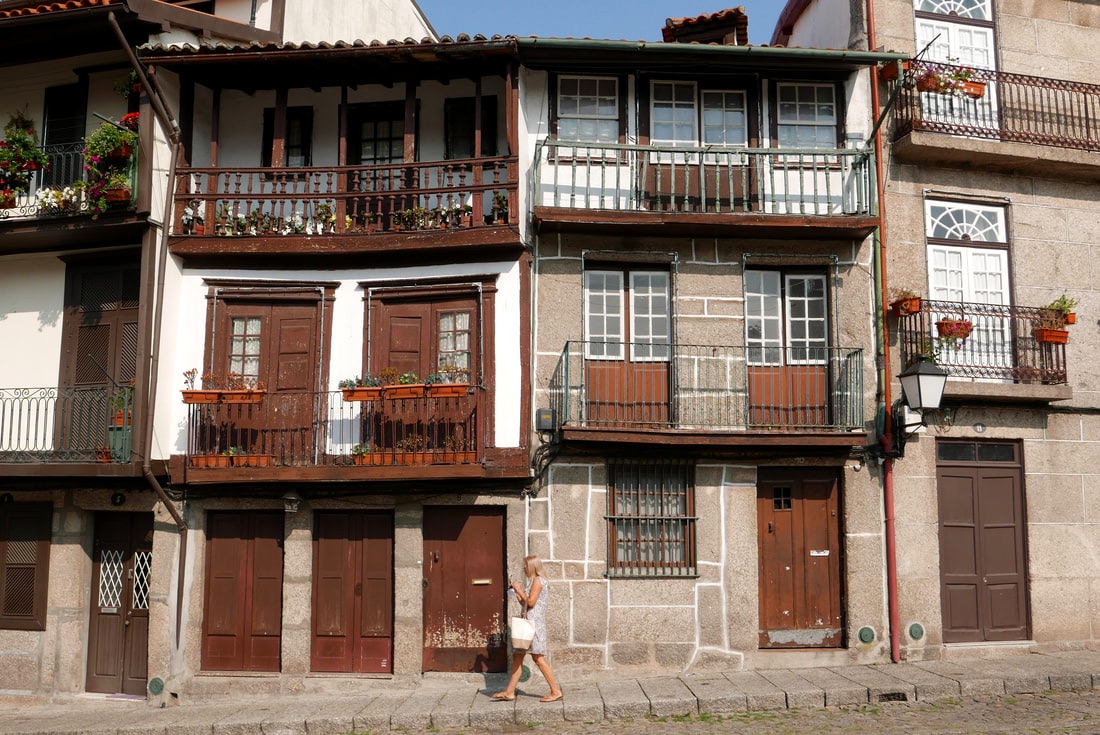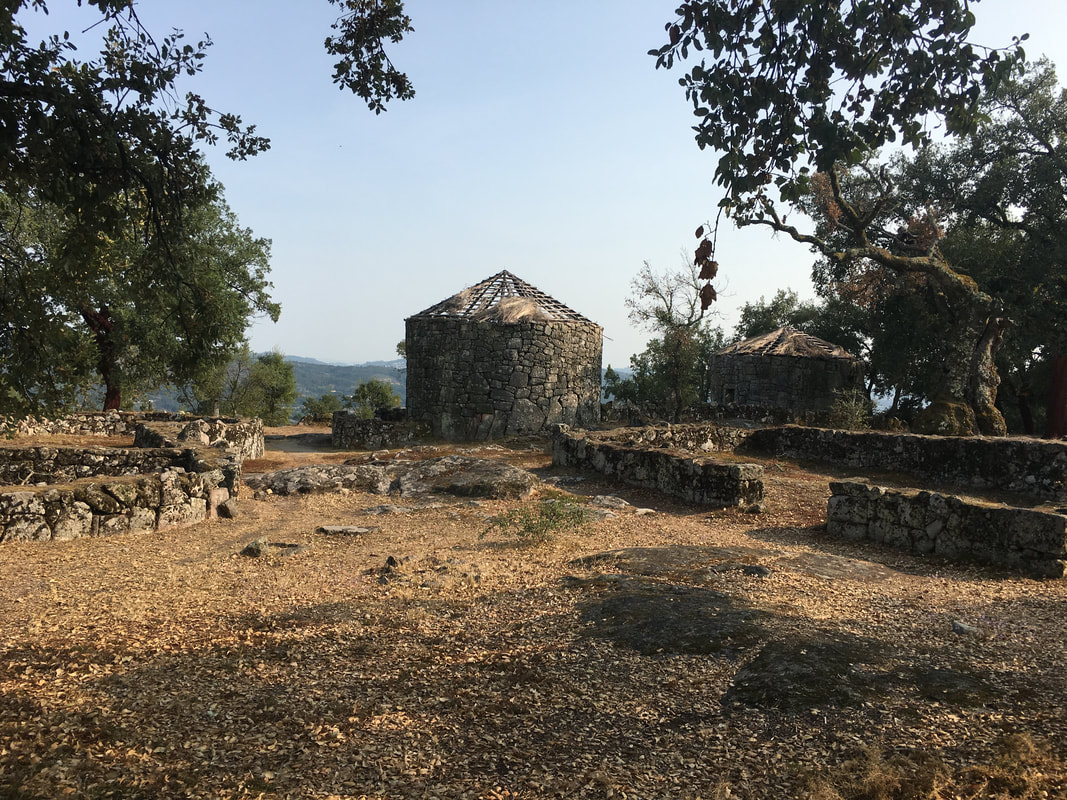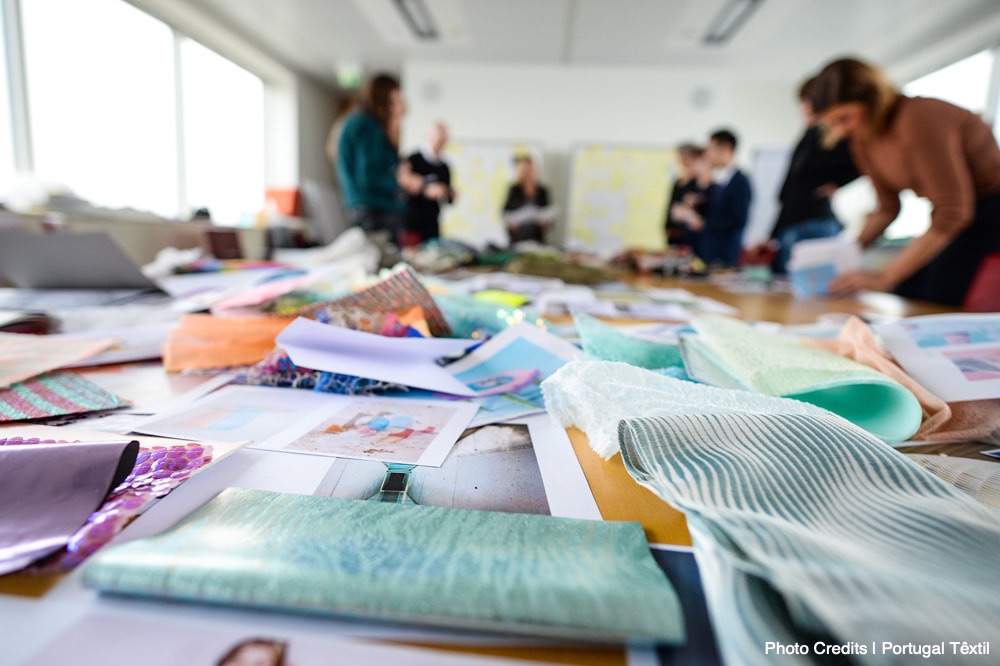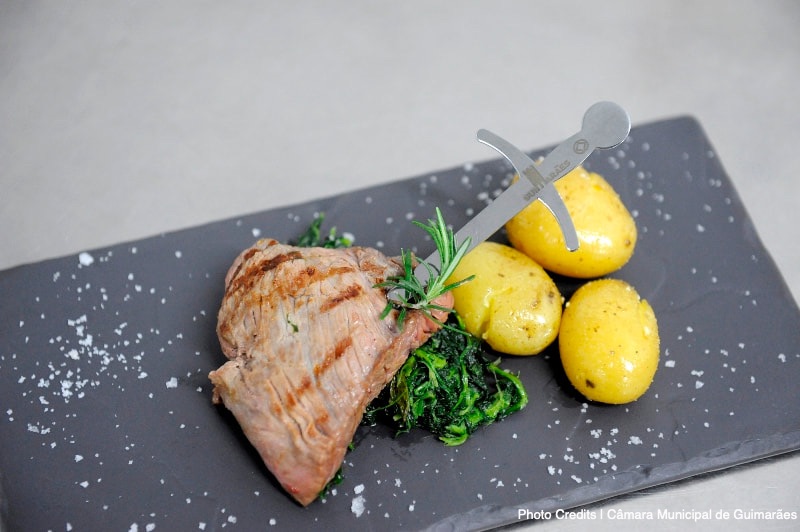|
First things first. Guimarães is a city located in the heart of the Minho region with a long history and a lot to do and discover. It is only 45 min. driving or 1h15min. by train from Porto, which makes it a fantastic place for a short escape and also a great base to explore Minho. Below are some of the city's biggest assets. Historical value and Archaeological heritageThe first records of what later became Guimarães date back to the 10th century, to when Mumadona Dias built a convent and a castle in this part of the country. Later on, during the Iron Age, the Celts chose this area to settle and then came the Romans with their roads and bridges. The archaeological value of the city is undeniable and can be witnessed when walking around the historical centre, exploring the surrounding area and visiting museums such as Martins Sarmento and Alberto Sampaio. On the 24th of June 1128 the troops led by Dom Afonso Henriques, our first king, defeated the Galicians who were supported by his mother, in an epic battle near Guimarães. It’s known as the battle of São Mamede and it was incredibly important for the independence of Portugal as a country. It also explains why Guimarães is known as “the birthplace of Portugal”. Inside the walled town, the medieval centre is formed by a maze of quirky streets, manor houses, churches, beautiful squares, wooden balconies and ancient tiles. This remarkable heritage is the reason the city centre was declared UNESCO Heritage in 2001. Guimarães is a cultural hot spotIn Guimarães there are still old traditions and occupations that have passed from one generation to another, such as the leather work and textiles. In fact, there is still an area in town known as Zona de Couros which literary translates to "Leather Area". Since the Middle Age leather has played a big role in the local economy, which reached its peak in the 18th century. Later the leather was replaced by the textile factories, many of which are still working full speed ahead making pieces of clothing for big international brands. With the turn of times the city evolved in many different areas and flourished. The big cultural boom in the city came in 2012 when Guimarães was elected European Capital of Culture. Nowadays the city is still a reference when it comes to arts and culture, with a wide array of events and different venues worth keeping an eye on. There are options for those looking for theatre plays, dance performance, music concerts and cinema screenings. Local Gastronomy and WineIt's impossible to talk about any region in the country without mentioning the local food and wine. Guimarães is no exception to the rule. There are many typical dishes worth trying, from the heartwarming appetisers to the indulgent desserts. During winter a full on meal in Guimarães could (and should) be the following:
If you want to get to know Guimarães, get in touch and we'll help you plan an exciting trip. In the meantime subscribe to our monthly newsletter and keep up with My Bookpack.
1 Comment
|
Categories
All
|
Telephone+351 938 503 009
|
|
Turismo de Portugal RNAVT nº 6915
|




